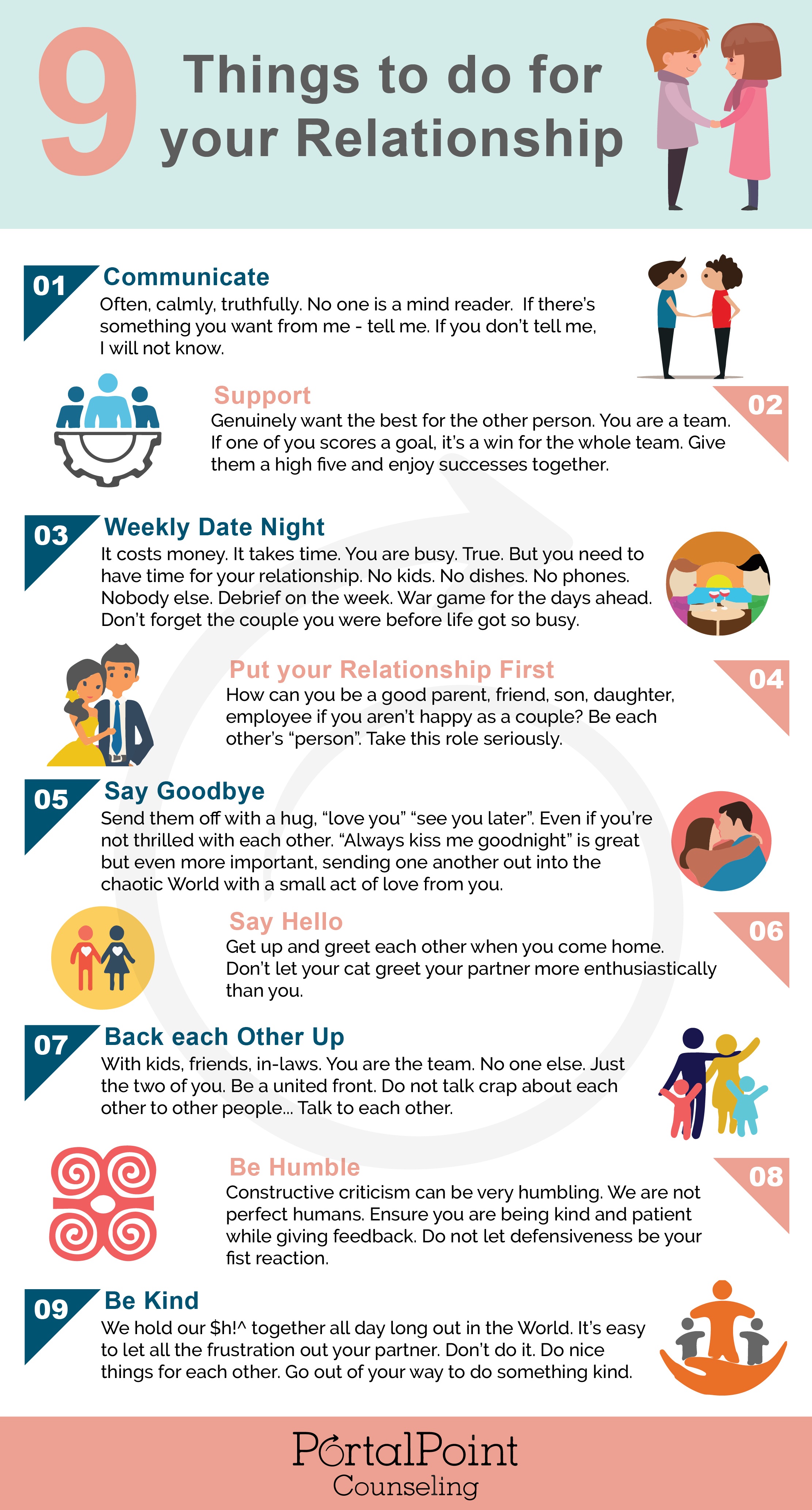The Greatest Guide To Aim Point Counseling
The Greatest Guide To Aim Point Counseling
Blog Article
Not known Details About Aim Point Counseling
Table of ContentsSome Ideas on Aim Point Counseling You Need To KnowAim Point Counseling - An OverviewAn Unbiased View of Aim Point CounselingHow Aim Point Counseling can Save You Time, Stress, and Money.The 5-Minute Rule for Aim Point CounselingLittle Known Facts About Aim Point Counseling.
The longitudinal style entails a pre-treatment study and two follow-up surveys at 3- and 12-months post-intervention. The research is set in 8 Relationships Australia Victoria centres, throughout metropolitan, external residential areas, and regional/rural sites. Relationships Australia, a non-government organisation, is the largest supplier of pair counselling and partnership solutions in Australia.
In Australia, the median size of marital relationship before splitting up is 8.8 years, and about half of all separations entail pairs with children [1] These high rates of connection break down have actually been regularly connected with unfavorable wellness effects for both grownups and youngsters following divorce/separation. These include seclusion from support networks, and decreased earnings and requirement of living for both adults and children [3], dilemmas of loyalty over children for men, and depression and loss of identification for females [4,5]
Not known Facts About Aim Point Counseling
The results of separation and splitting up can be harmful, research study indicates that high connection dissonance in intact pairs is likewise most likely to have adverse results.
Study to date has recognized both couple and private variables that might contribute to connection dissonance. These consist of connection contentment and commitment at the pair level, and clinical depression at the specific degree.
The Of Aim Point Counseling
While many researches indicate renovations in relationship complete satisfaction adhering to pair therapy, they are restricted by the examples and actions used, mainly short-term follow-up time frameworks, and analyses that do not account for the dyadic nature of couple information., is an additional frequently examined connection result.
To sum up, study shows that couple-specific variables as well as individual factors may anticipate the results of pair therapy and partnership solutions. The causal direction of these relationships, however, is less clear. These observations are very important, given that, to justify and lead the application of relationship solutions such as couple therapy, empirical evidence has to discover both the results of partnership solutions and the variables that predict effective therapy.
, at the very least in some European countries.

We presently recognize little about the profiles of pairs that seek out partnership education and learning compared with those who look for relationship coaching, or the outcomes of these programs. Unscientific proof suggests that there might be substantial distress among at the very least some pairs looking for connection education and learning.
Unknown Facts About Aim Point Counseling
Comments includes participants finishing questionnaires about their partnership (e.g. steps of social issues), and receiving information on what their ratings show. Cognitive-behavioural approaches promote changing cognitions to promote positive partnerships.
These effects have lingered for as much as 4 years in some researches [47] These meta-analyses highlight constraints in the current literary works on partnership education and learning. Especially, the majority of researches involved pairs from top socio-economic backgrounds who were not experiencing high connection disharmony [47,48] This example profile might not stand for customers who commonly provide for connection education.
An Unbiased View of Aim Point Counseling

Extremely little research study has examined the relative advantages of pair therapy and partnership education programs. As clients are most likely to self-select into these solution kinds, it is unclear whether particular connection distress profiles existing per solution type, or without a doubt whether there is a communication in between providing profile, service kind and end result.
(https://filesharingtalk.com/members/611434-a1mpoint?tab=aboutme&simple=1)
Therefore, we have actually consisted of a 12-month follow-up to evaluate longer-term fads and impacts. The study utilizes a variety of standard result actions considering that some previous examinations have actually been criticised for their lack of standardised assessment [50] Ultimately, using statistical analyses look at this site that presume self-reliance of information, such as t-tests, or ANOVAs, has been widespread in previous researches [ 44,49]
We recommend to use multi-level statistical modelling treatments that control for the inter-dependence of pair information to analyze any therapy results. The details aims of the ECC research are to: 1. Map profiles of customers looking for area agency-based couple therapy vs. relationship enhancement programs in regards to socio-demographic and partnership signs (such as partnership contentment, partnership commitment, social issues, and factors for going to), in addition to wellness (such as anxiety, basic wellness) and health service use (eg.
2. Establish whether pair coaching and partnership education solutions boost three- and twelve-month end results for partnership satisfaction, dedication, and anxiety, making use of analytical analyses ideal to pair data. 3. Identify the family member contributions of client variables (private and couple) and therapy/education variables to end results at 3- and 12-months, and to sustainability of results over time.
Aim Point Counseling Fundamentals Explained
Multi-level modelling to determine pre-post distinctions, managing for dyadic (pair) degree. To add to the literature evaluating the performance of community-based couple counselling. The outcomes will certainly aid medical decision-making in community-based relationship solution settings, and professional training. 3. To determine the relative contributions of client/couple and treatment elements to outcomes at 3- and 12-months, and to sustainability of outcomes gradually.
Report this page